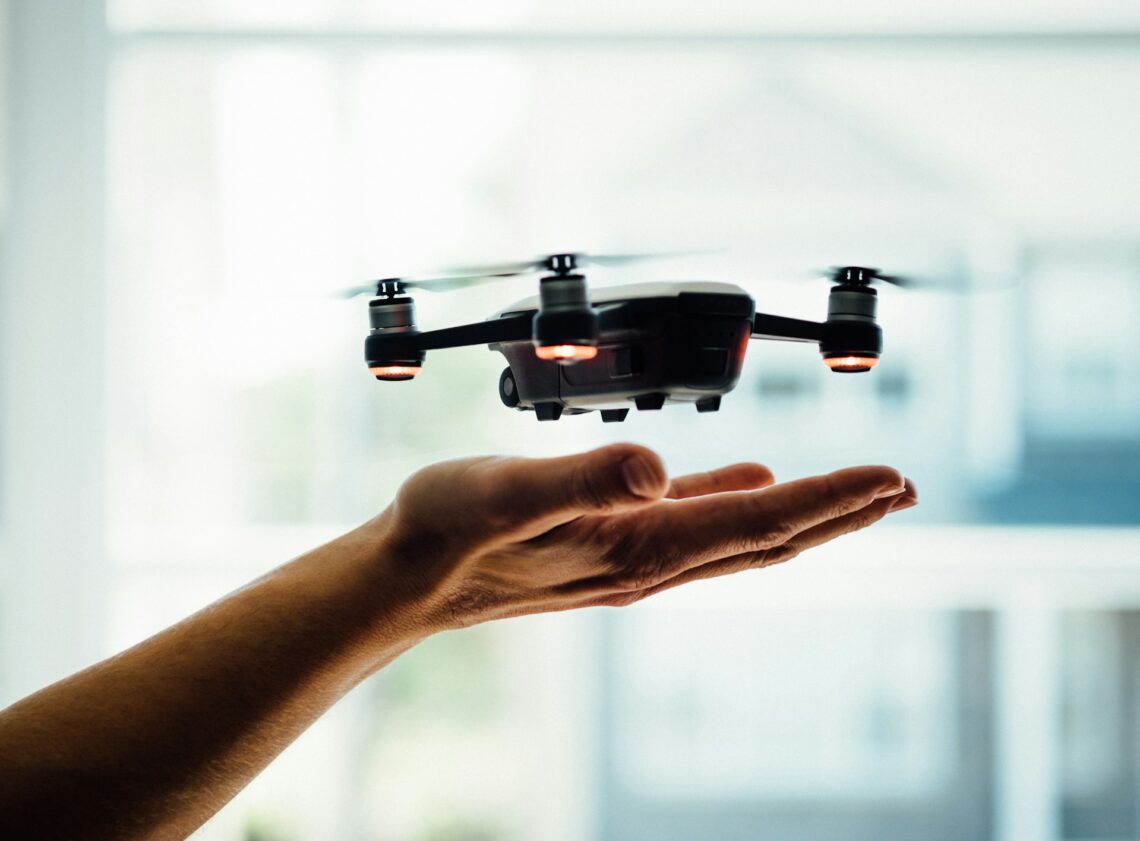As drone technology becomes more sophisticated and accessible, organizations face growing security threats from unauthorized or hostile UAVs used for surveillance, smuggling, disruption, or sabotage. Counter-drone defense systems are rapidly emerging as essential tools in modern airspace security. These integrated technologies help detect, identify and neutralize aerial threats before they can cause harm to critical infrastructure or public gatherings.
In fact, Sonoran Desert Institute reviews the evolving landscape of drone threats as a critical subject for professionals entering the field, emphasizing the need for specialized education in drone detection, airspace safety, and electronic countermeasures. As demand grows, trained professionals are stepping into key roles to help secure the skies against this new class of threat.
The rise in unauthorized drone use has exposed vulnerabilities in both public and private sectors. Airports, stadiums, power plants, correctional facilities and military bases have experienced drone intrusions that jeopardize safety, privacy and operations. Counter-drone systems help detect, identify and neutralize threats before they cause harm.
Understanding Counter-Drone Defense Systems
Counter-drone defense systems consist of multiple layers of technology designed to detect, track and mitigate drone threats. Unlike traditional air defense, which focuses on high-altitude aircraft, counter-drone systems address small, low-flying, Uncrewed Aerial Vehicles (UAVs) operating at close range.
These defense systems include radar, Radio Frequency (RF) sensors, optical cameras, acoustic detectors and electronic countermeasures. By combining multiple detection methods, security teams create a comprehensive picture of airspace activity and respond to unauthorized drone operations in real-time.
Detection and Tracking Technologies
The first step in counter-drone defense is early detection. Radar systems scan the airspace for small, fast-moving targets that conventional air traffic control may overlook. Advanced radar systems detect drones based on their size, speed and flight patterns.
RF sensors monitor communication frequencies used to control drones. By identifying radio signals, these sensors locate the operator’s control station and distinguish between authorized and unauthorized drone traffic.
Optical and infrared cameras provide visual confirmation, allowing security teams to identify drone types, payloads and flight behavior. Acoustic sensors further enhance detection by identifying the distinct sound profiles of drone motors and propellers.
Identification and Threat Assessment
Once detected, drones are assessed based on their behavior, flight path and proximity to protected areas. Counter-drone systems classify drones as authorized or unauthorized, distinguishing between commercial deliveries, recreational users and potential threats.
Threat assessment protocols consider factors such as the drone’s approach angle, altitude, speed and payload characteristics. This analysis helps security teams prioritize response actions and determine the level of intervention required.
Mitigation and Neutralization Strategies
After identifying a drone threat, counter-drone systems implement mitigation measures to neutralize the risk. Non-kinetic methods include jamming, spoofing and takeover technologies that disrupt the drone’s control signals, forcing it to land or return to its operator.
Jamming transmits radio signals that interfere with the drone’s GPS or control links, rendering it unable to maintain flight. Spoofing manipulates navigation signals to redirect the drone away from protected areas. Takeover systems override the drone’s controls, allowing security personnel to safely guide it to a secure landing zone.
Kinetic defenses may be used in high-risk situations where non-kinetic measures fail or are not feasible. These include specialized projectiles, nets, or drone interceptors that physically turn off unauthorized drones. Kinetic measures are typically reserved for situations involving imminent danger to people or critical infrastructure.
Legal and Regulatory Considerations
Deploying counter-drone defense systems involves navigating complex legal and regulatory frameworks. In many jurisdictions, interfering with drone operations or communications falls under federal aviation laws and requires special authorization.
Security teams must coordinate with aviation authorities, law enforcement and regulatory agencies to ensure compliance. Clear policies define when and how counter-drone measures may be used, balancing safety, privacy and operational needs.
Protecting Critical Infrastructure
Critical infrastructure facilities are frequent targets for unauthorized drone activity. Power plants, water treatment facilities, oil refineries and telecommunications hubs depend on uninterrupted operations that malicious drones could disrupt.
Counter-drone defense systems help safeguard these facilities by providing early warning and active protection against aerial threats. By securing airspace around sensitive sites, operators reduce the risk of sabotage, espionage or accidental damage.
Safeguarding Public Events and Venues
Large public gatherings, sporting events and concerts attract both legitimate drone operators and potential security threats. Drones used for unauthorized photography, disruptive stunts or hostile activity pose safety risks to attendees and performers.
Counter-drone teams deploy mobile detection and mitigation systems to monitor event airspace. Rapid detection allows security personnel to neutralize threats before drones endanger crowds or disrupt scheduled activities.
Military and Government Applications
Military installations and government facilities are high-value targets for drone surveillance or attack. Counter-drone systems integrated with broader air defense networks provide layered protection against both small drones and larger uncrewed systems.
In conflict zones, counter-drone capabilities defend troops and equipment from Improvised Explosive Devices (IEDs) delivered by drones. These technologies also protect sensitive government facilities from aerial espionage and unauthorized surveillance.
Training Security Teams in Counter-Drone Operations
As counter-drone defense systems become standard components of security operations, trained professionals are essential for managing these technologies. Institutions like Sonoran Desert Institute understand the importance of preparing students with technical skills in drone detection, threat assessment and mitigation protocols.
Students learn how to operate detection systems, analyze airspace data and apply defensive countermeasures in accordance with legal guidelines. These skills prepare graduates to support security teams responsible for protecting public safety, infrastructure and national security.
Expanding Career Opportunities in Counter-Drone Defense
The growth of counter-drone defense creates new career paths for professionals specializing in airspace security, electronic warfare, and regulatory compliance. Government agencies, defense contractors, private security firms and critical infrastructure operators require skilled personnel to manage developing drone threats.
Career roles include counter-drone system operators, threat analysts, policy advisors and technical support specialists. Professionals trained in this field play a vital role in defending the public and private sectors against the misuse of drone technology.
Developing Industry Standards and Collaboration
As the counter-drone industry expands, collaboration between government agencies, technology providers and industry associations helps establish best practices and industry standards. Shared data, research partnerships and joint training exercises contribute to the development of more effective defense systems.
Collaborative efforts like these help counter-drone technologies evolve in step with the changing tactics of unauthorized drone operators. Staying ahead of new threats allows security teams to keep their defenses effective and responsive.
The rise of unauthorized drone activity presents new security challenges that demand proactive solutions. Counter-drone defense systems are becoming essential tools for protecting critical infrastructure, public events and national interests.
Through professional education, technical training and industry partnerships, institutions like Sonoran Desert Institute provide students with the knowledge and skills necessary to support counter-drone defense operations. As drone threats continue to grow, well-trained professionals remain essential to safeguarding airspace and securing the next frontier in modern security management.






